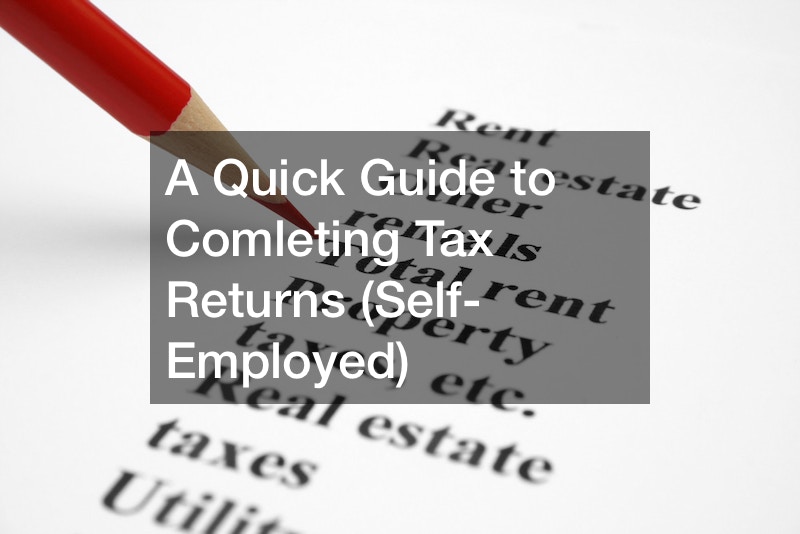
Navigating the intricacies of tax returns can be a complex task, particularly for those who are self-employed. Here’s a straightforward guide to assist you in efficiently managing the process:
1. Customize Your Return (Section 3): Upon enrolling for Self Assessment, take the time to determine whether your self-employed income exceeds £1,000. Even if it falls below this threshold, answering ‘Yes’ may be necessary, especially for voluntary Class 2 National Insurance.
2. Annual Turnover and Business Details (Pages 1 and 2): Page 1 concentrates on your annual turnover, encompassing taxable Coronavirus Support payments.
Verify whether your trading income surpasses £85,000; if it does, VAT registration might be a consideration. On Page 2, provide information about your business, including any changes in your self-employment status during the year.
3. Financial Details and Turnover Figures (Pages 3 and 4): Page 3 prompts the inclusion of financial details, recommending April 5 as the end of the tax year. Clarify whether you’re using cash basis by referring to the ‘help about’ link or watching the ‘Cash basis and simplified expenses’ video. Page 4 requires the entry of turnover figures, excluding Coronavirus Support payments. Understand the trading allowance and allowable expenses, or if not applicable, detail expenses further down.
4. Capital Allowances and Tax Adjustments (Pages 5 and 6): Page 5 is designated for claiming Capital Allowances, specifically for business cars under cash basis. Page 6 covers adjustments like personal use of goods, other business income, and losses from previous years.
5. Losses, Tax Deductions, and National Insurance (Pages 7, 8, and 9): Page 7 necessitates disclosure of losses for the current tax year. Page 8 is exclusively for those under the Construction Industry Scheme. Page 9 prompts details about Class 4 National Insurance contributions.
Completing your self-employed tax return may seem intricate, but following this guide ensures accurate and comprehensive reporting, contributing to a smoother tax season. Keep in mind that paying careful attention to details might result in advantageous self-employed tax refunds.
.




